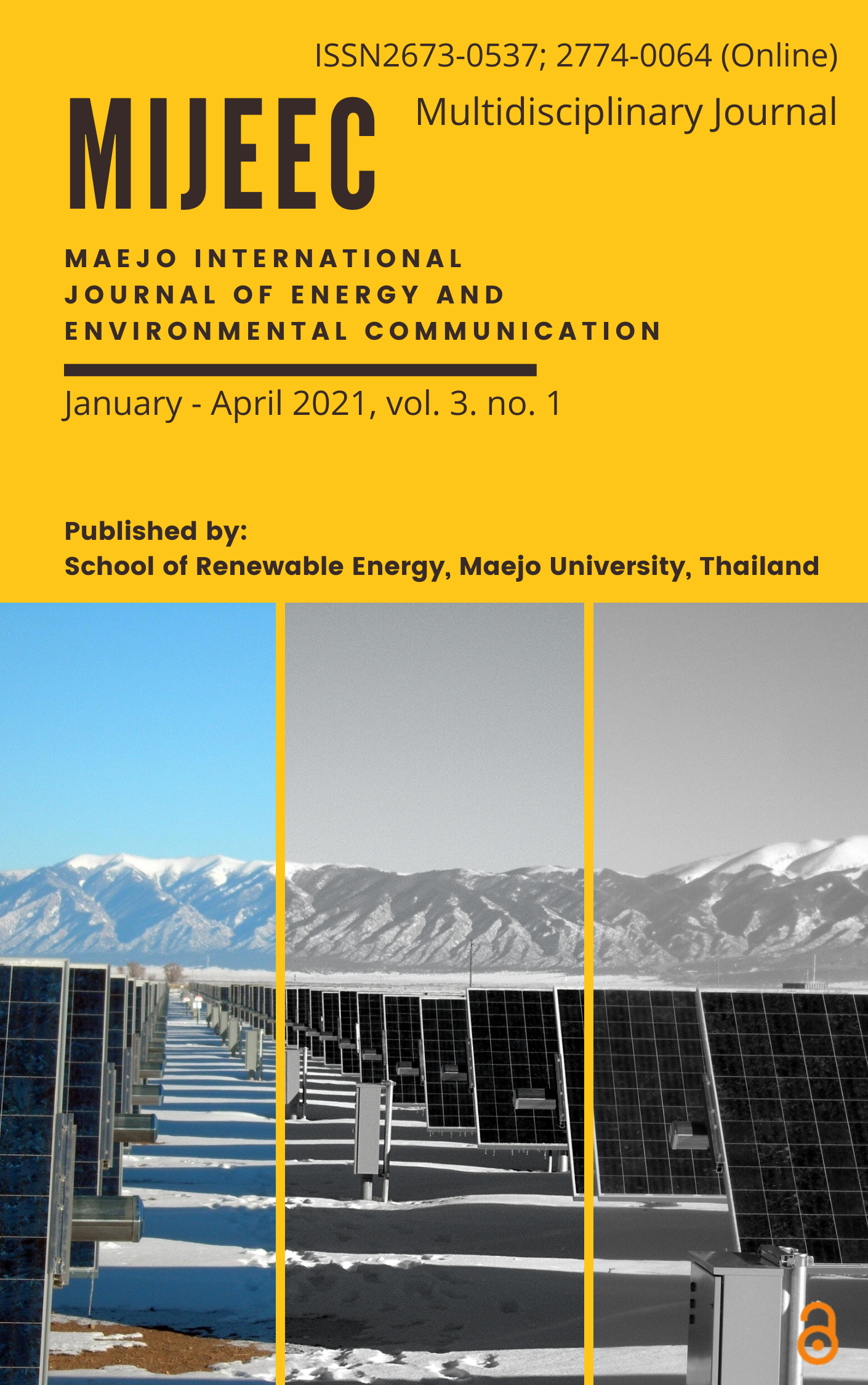Transformation of lignocellulose from corn stove for bioethanol production
Main Article Content
Abstract
The use of fossil fuels, as well as the environmental issues associated with their burning, has pushed for the development of clean, renewable energy sources. Biofuels made from lignocellulosic biomass are considered a carbon-neutral and sustainable method. As the demand for non-petroleum fuels grows, more attention will be placed on developing a cost-competitive liquid transportation biofuel like ethanol. This study was conducted to produce bioethanol utilizing the SHF (separate hydrolysis and fermentation) technique from corn stove lignocellulose. Pretreatment with sodium hydroxide at various concentrations was also studied. The influence of enzymatic saccharification, fermentation time, and substrate concentration on sugar yield and, eventually, ethanol production was investigated. Fermentation was carried out by using the enzymatically saccharified hydrolysate and monoculture of Saccharomyces cerevisiae. The results reveal that pretreatment with 2% NaOH followed by 48 hours of hydrolysis produced the maximum bioethanol production (30.21 ±0.13 g/L). This study findings indicated that alkali-pretreated corn stove might be used as a feedstock for bioethanol production, reducing reliance on fossil fuels.
Article Details
Copyright © 2019 MIJEEC - Maejo International Journal of Energy and Environmental Communication, All rights reserved. This is an open-access article distributed under the terms of the Creative Commons Attribution-NonCommercial- Attribution 4.0 International (CC BY 4.0) License






